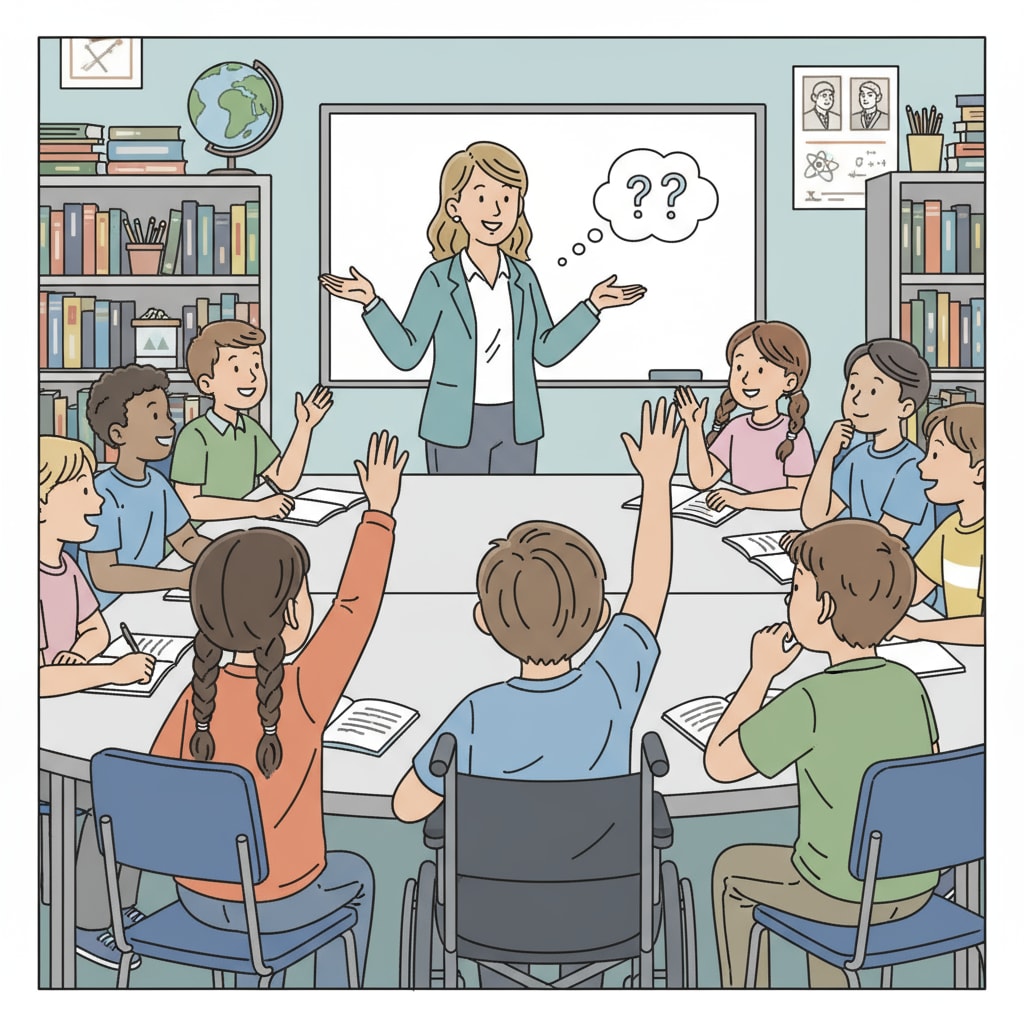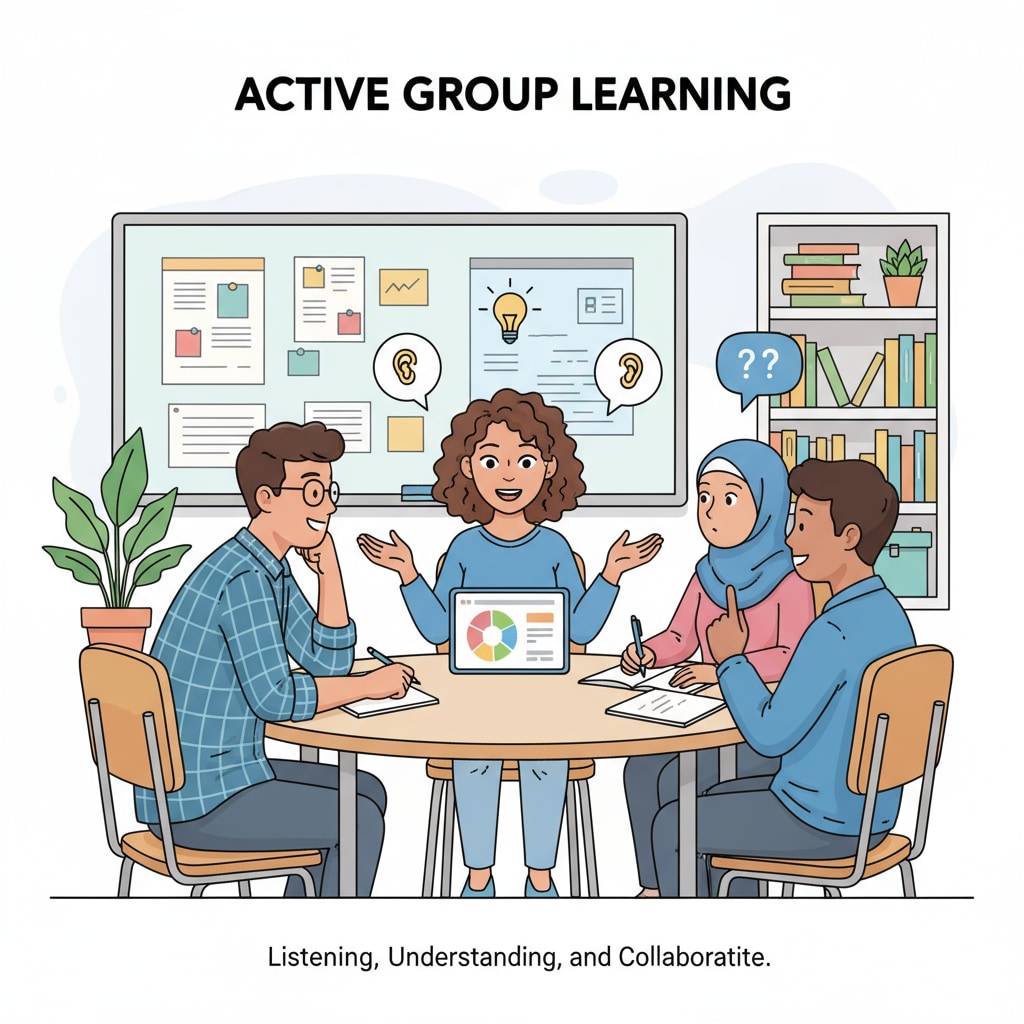Communication skills, dialogue, and active listening are the cornerstones of effective learning and personal growth in K12 education. These elements not only facilitate the transfer of knowledge but also build strong relationships among students, teachers, and parents.

As students progress through their educational journey, honing these skills becomes increasingly crucial.
The Evolution of Communication Skills in K12
In the early stages of K12 education, communication often starts as simple expression. Young students learn to share their thoughts and feelings verbally or through non-verbal cues. However, as they move forward, communication evolves into a more complex skill set. It now encompasses empathy, emotional intelligence, and active listening. For example, middle school students are expected to understand different perspectives during group discussions. According to Communication skills on Wikipedia, effective communication at this stage involves more than just speaking; it’s about understanding and being understood.

The Role of Dialogue in K12 Education
Dialogue is the heart of communication in the K12 setting. It encourages students to exchange ideas, challenge assumptions, and learn from one another. Teachers play a vital role in facilitating meaningful dialogues. They create safe spaces where students feel comfortable expressing themselves. For instance, in a literature class, a teacher might initiate a dialogue about a novel’s themes. This allows students to explore different interpretations and develop critical thinking skills. As stated in Communication on Britannica, dialogue enriches the learning experience by promoting interaction and collaboration.
Moreover, dialogue helps in building relationships. When students engage in open and honest conversations, they develop trust and respect for their peers. This positive environment nurtures a sense of community within the classroom.
Readability guidance: In this section, we’ve used short paragraphs to convey key points about the role of dialogue. We’ve also provided examples to illustrate how dialogue works in a K12 classroom. The use of external links adds credibility to the information.
Active Listening: A Crucial Component
Active listening is an essential part of the communication process. It involves fully concentrating on what the speaker is saying, understanding the message, and providing feedback. In K12 education, teaching students to be active listeners can significantly improve their learning outcomes. For example, in a science experiment demonstration, students who listen actively are more likely to understand the procedure and the underlying concepts.
Teachers can use various techniques to teach active listening. These include asking students to summarize what they’ve heard, encouraging them to ask clarifying questions, and modeling active listening behavior themselves. By doing so, students learn the importance of being present in the moment and valuing others’ opinions.
Readability guidance: Here, we’ve focused on explaining active listening and its significance in K12. Short sentences and clear examples help make the concept more accessible.
Practical Strategies for Developing Communication Skills
- Role-playing activities: These allow students to practice different communication scenarios in a safe environment.
- Group projects: Encourage teamwork and communication as students work towards a common goal.
- Classroom discussions: Regularly scheduled discussions give students the opportunity to express their views and listen to others.
By implementing these strategies, educators can help students develop the communication skills, dialogue proficiency, and active listening abilities needed for success in K12 education and beyond.
In conclusion, communication skills, dialogue, and active listening are essential in K12 education. They are not only fundamental for academic success but also for students’ personal and social development. As educators, it’s our responsibility to nurture these skills and create an environment where students can thrive.


